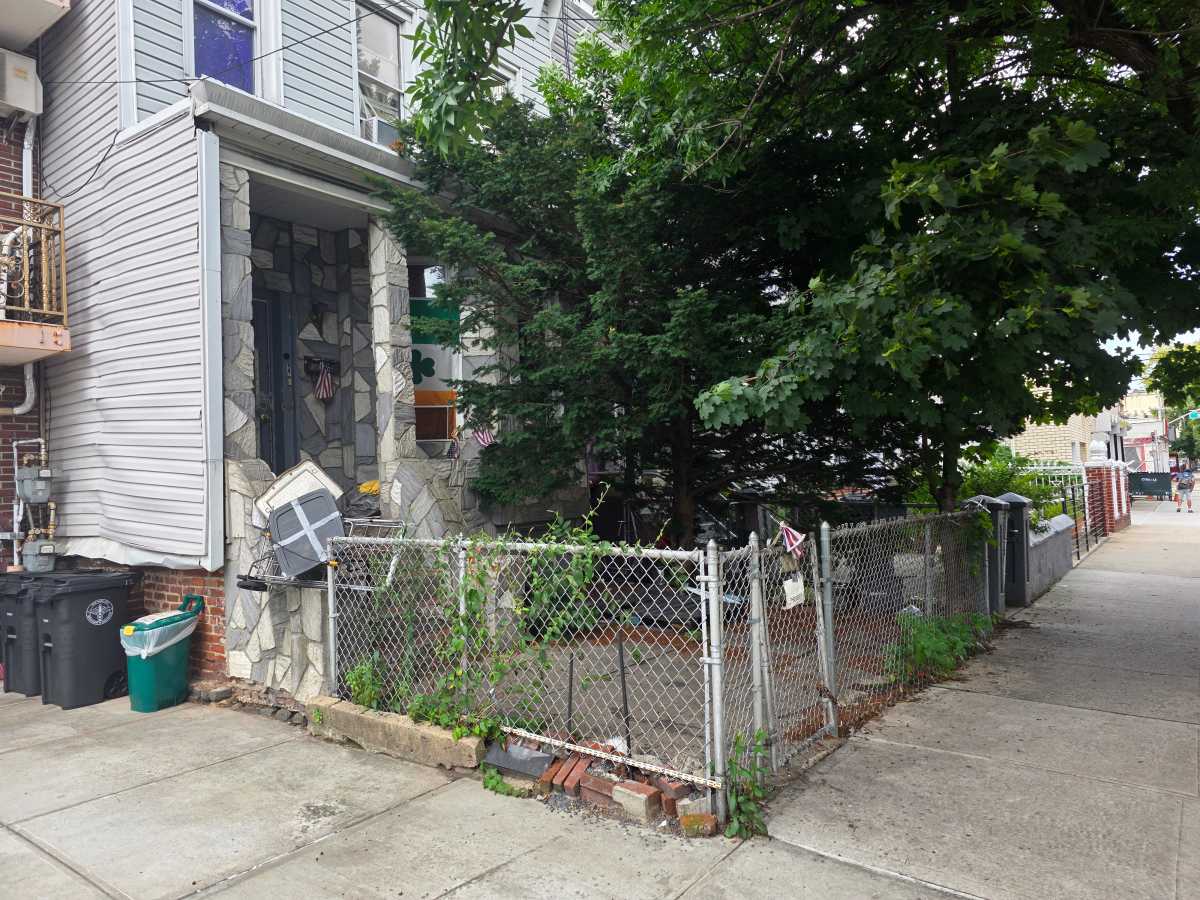By Judith Stiles
In the olden days of baseball, when kids played endless neighborhood games on sizzling summer days, the littlest tykes were called “no-hitters,” since their strikeouts and occasional bloopy hits did not affect the score. The hours and hours of baseball games often added up to free babysitting for mom, which was the unspoken reason for no-hitters being brought to the game in the first place.
No-hitters choked up on big wooden bats, way up, because the bats were heavy and more than half their height. The pitcher moved in close and the batter had the luxury of unlimited strikes. When he or she finally made contact, making it to first base was a given. Then the glorious day came when some big rooster on the other team declared, “Not fair! He’s good enough for strikeouts,” and the no-hitter graduated to become an authentic neighborhood baseball player.
In those days, there were no tees for T-ball, no umpires, no uniforms, no rulebook, no pitching limit, no grown-ups and no metal bats for easier hits.
Then along came lightweight aluminum bats in the 1970s, which gave lousy batters of all ages a better chance of getting a hit.
“Hitting a baseball is very difficult. It can be very discouraging,” said Tobi Bergman of Pier Park and Playground Association, which runs a children’s baseball program on Pier 40 at W. Houston St. “Metal bats are an equalizer,” Bergman said. “More players hit well with metal and it makes the game more fun for everyone.”
More than 30 years ago, metal bats were introduced as a cheaper alternative to wooden bats, which cost more and often break. Both Catholic and public high school leagues currently use aluminum bats, and by City Council estimates, the initial cost of supplying new wooden bats to 169 Public School Athletic League teams would be roughly $253,000. It’s estimated that one high school baseball team’s average season of games and practices could require more than 60 wooden bats due to breakage, whereas only about 12 aluminum bats would suffice.
Almost every baseball player loves what is called the “trampoline effect” of bigger hits off an aluminum bat, which simply means that the ball bounces off the bat at a greater speed, translating into greater distance. However, what drove the New York City Council to ban nonwood bats by a vote of 40 to 6 were safety issues.
Debbie Patch of Miles City, Montana, testified in support of the ban at a New York City Council hearing on the issue. She told the Council that she attributed the death of her 18-year-old son directly to a hard line drive off a metal bat in a high school game in 2003.
Councilmember James Oddo, a Republican from Staten Island, spearheaded the campaign against metal bats, and, if all goes according to his plan, P.S.A.L., Catholic High School Athletic Association and independent private high school teams will only be allowed to use wood or wood-composite bats starting Sept. 1 of this year.
“This is a horrible law,” said David McWater, chairperson of Community Board 3 and founder of the six-year-old Lower East Side Gauchos youth baseball organization. “Yes, the ball does come off a metal bat faster,” he conceded. “However, metal bats don’t break, which means you don’t have pieces of wood, splinters, etc. flying across the field at children. Most kids, especially if they are good enough to play high school baseball, can defend themselves from a baseball. Whereas even big leaguers have a hard time defending themselves from flying spears of wood.”
Dr. Jerry Clements of Village Family practice has seen his fair share of baseball injuries, mostly involving teeth. He said most of the injuries he sees occur with skateboarding, dance and bicycling — while cheerleading tops the list of the most serious injuries nationwide.
Both sides of the debate agree that not enough scientific data exists that accurately measures the alleged safety threat of aluminum bats.
Mayor Bloomberg initially vetoed the City Council ban, stating, “I do not think it is the city’s business to regulate that.” He added, “The bill could very well have the unintended consequence of creating a barrier for some city high school players vying for college baseball scholarships.”
However, the City Council had sufficient votes to override the mayor’s veto, and the legislation passed.
Recognizing the deeply conflicting opinions over metal versus wooden bats, Michael Kalontarov, a mechanical engineering major at The Cooper Union, has come up with a novel solution to the problem. He proposes changing the composition and structure of the aluminum bats, for example, by filling them with a lightweight polymer or low-density rubber. This would dampen the trampoline effect, yet retain the lower weight of the bat, which is easier to swing than a wooden bat.
In essence, Kalontarov’s solution is to dumb down the metal bat so it has a performance level closer to a wooden one, without the breakability. According to Kalontarov, there is also the potential with different fillers and grades of aluminum to develop a better sweet spot than found on wooden bats, while at the same time creating something that is less problematic than the current metal bats.
“Here at Cooper, we have tested and analyzed knuckle balls in wind tunnels, and, of course, there has been extensive testing on the aerodynamics of cars and airplanes,” he noted. So what better place to develop a better aluminum bat?
Yet, Kalontarov was quick to point out that the current aluminum bats sell well precisely because they yield better hits and that it might be hard to market a metal bat with less bounce. With a gleam in his eye, he took a swing with a metal bat and then a wooden one, and pondered the difference in silence. Perhaps his wheels were turning over how to create the perfect people-pleasing implement for baseball, which someday might be called the mighty Kalontarov bat.





































